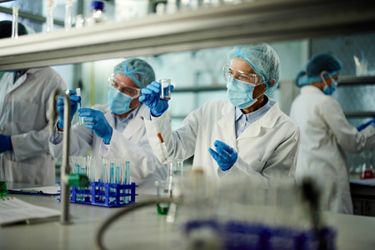Novel Cell Lysis Solution: Scaling Up Viral Vector Harvest With Ease And Regulatory Compliance

Gene therapy is delivering on its promise, fueling an unprecedented wave of innovation and clinical activity. Today, more than 600 gene therapy clinical trials are underway, representing approximately 32% of the entire Cell & Gene Therapy (CGT) clinical trial portfolio.¹ A significant number of these therapies rely on viral vectors — such as adeno-associated virus (AAV) and lentivirus (LV) — to deliver genetic material that replaces, silences, or introduces new genes to treat a range of diseases. These vectors serve as both essential drug products and integral components of CGT manufacturing processes.
Driven by increasing demand and a shift toward treating more prevalent (non-rare) diseases, manufacturers are now under pressure to scale up production of AAV and LV to support broader clinical and commercial needs.² To meet these demands, many are turning to optimized production platforms using suspension-adapted cell lines like HEK293 and Sf9. A key trend emerging from this shift is the move to significantly larger bioreactor volumes—scaling up to thousands of liters in some cases.³
However, with this scale-up comes a new set of technical challenges. Managing fluid dynamics, ensuring consistent cell lysis, and maintaining process control at volumes above 200 liters requires advanced solutions and process innovations.⁴ As the field continues to evolve, addressing these complexities will be critical to unlocking the full therapeutic potential of gene therapies and ensuring reliable, high-yield manufacturing at scale.
Get unlimited access to:
Enter your credentials below to log in. Not yet a member of Bioprocess Online? Subscribe today.
